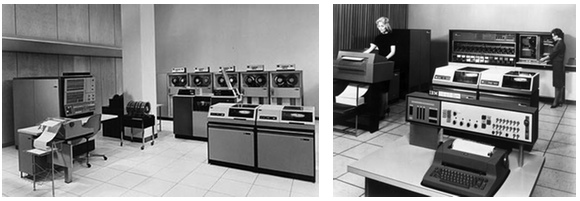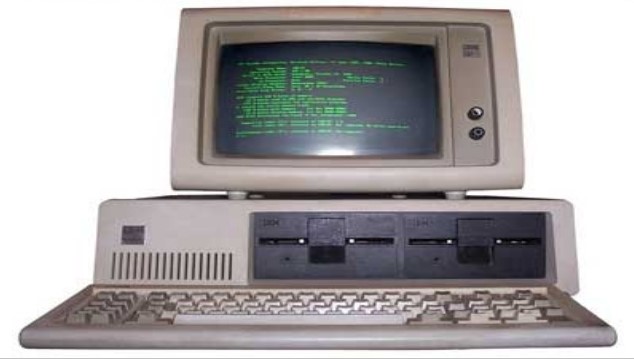
IBM put the IC to use!
In 1964, the IBM System/360 was announced by International Business Machines Corporations. It contained custom hybrid integrated circuits, worked with 32-bit words, and used 360 assembly language. It was this computer that processed data concerning lunar landings at NASA. Its mainframe could run programs of earlier systems, making it more useful and valuable. It and its succeeding models were ultimately a huge impact on the computer world in terms of workload and power.
